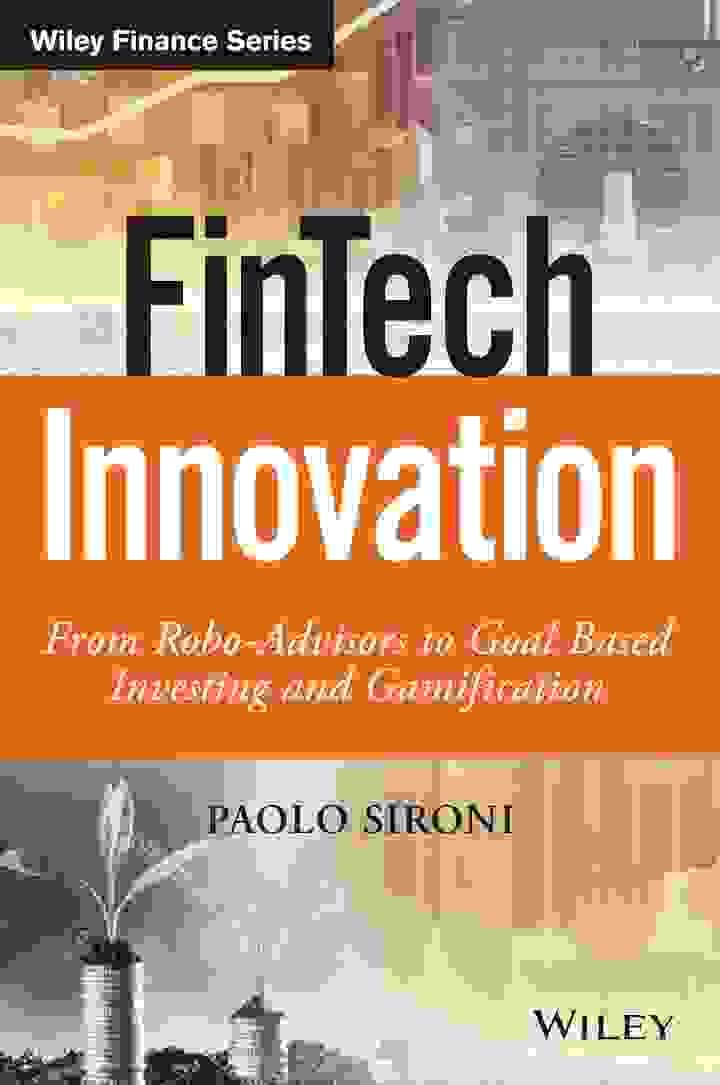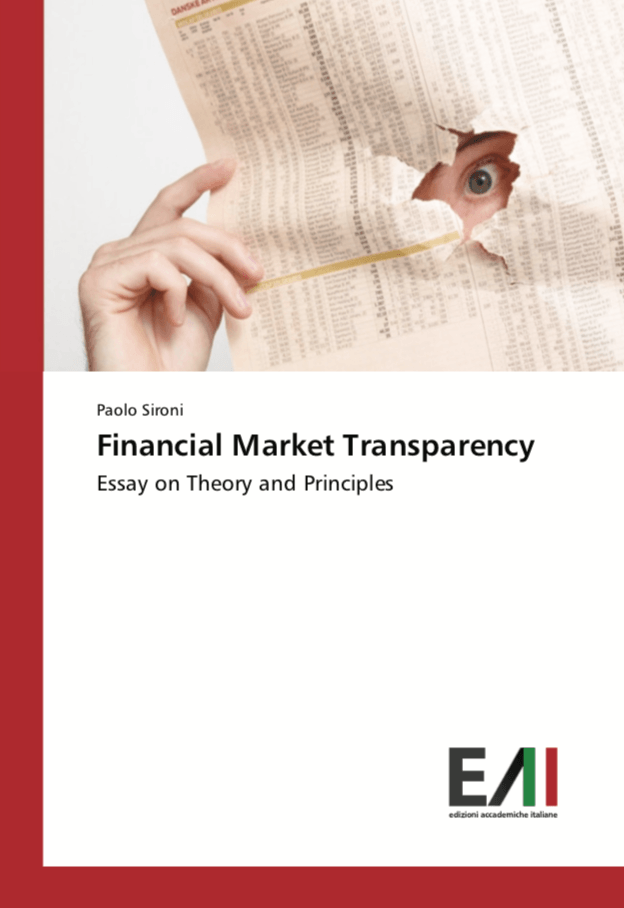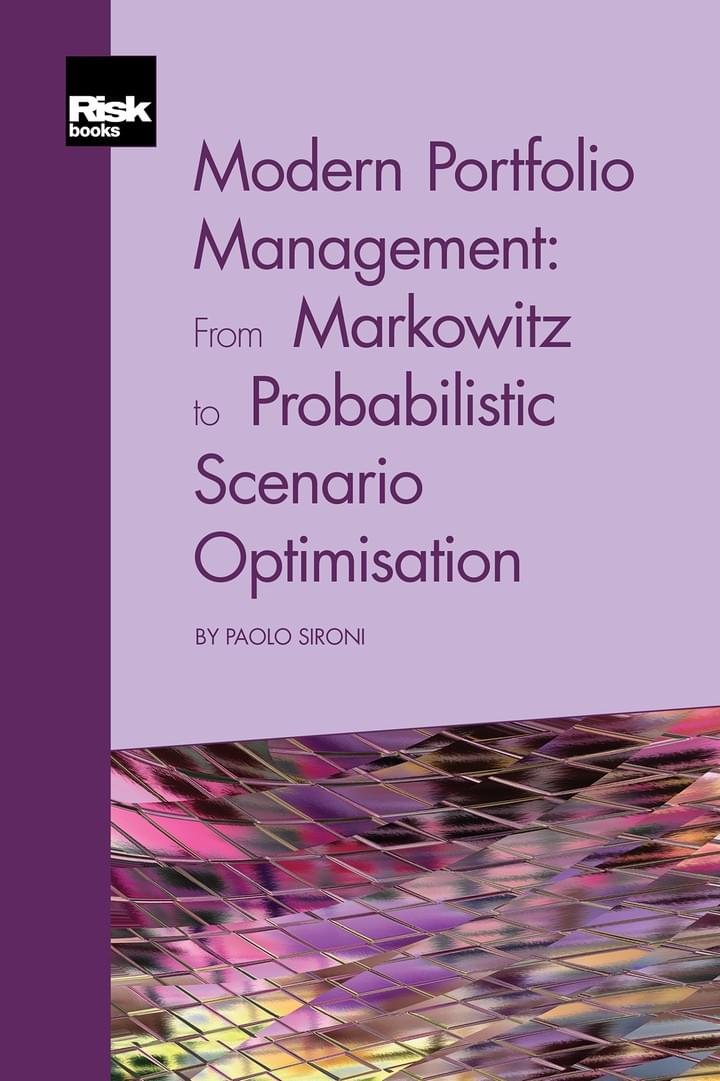
Paolo's books
fintech, economics, platforms, regulation
Discover the future of financial services with this new resource on Contextual and Conscious Banking.
Paolo Sironi delivers an insightful examination of how platform theory, born outside of financial services, is making its way inside banking and financial markets to radically transform the way firms do business.
This important book:
• Describes the shift in business mindset necessary to win digital innovaton on platform economies, mapping startegy and technology changes on the Banking Reinvention Quadrant (BRQ).
• Defines new business models that are economically viable, underpined by the biological micro-foundation set in the theory of Financial Markets Transparency.
• Guides financial institutions to break-out from the current narrow space of value-generation, and enjoying greater business flexibility at lower digital costs to reclaim top spot against bigtech contenders.
Perfect for CEOs, banking executives, regulators, fintech entrepreneurs, and technology masterminds.
📬 BUY ON AMAZON
more titles
Will your bank have branches?
Branch Tomorrow is a wake-up call to an industry stuck in the past. For decades, branches were the heart of banking. Not anymore. The pandemic proved that customers can bank just fine without them — and many now prefer it. This book shows why digital-first isn’t a trend. It’s the future.
Co-authored with Brett King, Efi Pylarinou, Jim Marous, Richard Turrin, Bruno Diniz

Can you invest without advice?
Digital transformation is reshaping banking, empowering investors and tech-savvy advisors as new price-makers. FinTech Innovation explores disruption's core processes, revealing Robo-Advisors' role in personalized Goal-Based Investing. This guide shows how advisors can leverage technology for competitive edges, adapt to regulations and demands, incorporate gamification for better engagement, and rethink traditional investing paradigms.
Why do financial markets collaspe?
The Global Financial Crisis exposed flaws in "efficient markets" and their hidden costs, while self-serving financial forecasts fuel instability. Transparency fosters ethical behavior, aligning short-term market needs with long-term investment goals. FMT's biological view of rational-irrational humans under uncertainty builds antifragile microfoundations for better decisions.
Which products justify the fees?
Since the global financial crisis, investment management grapples with justifying fees amid regulatory shifts and fintech rise. This book offers a roadmap, centering investor goals in advice models via goal-based investing and probabilistic scenarios to foster innovation, evade commoditization, and sustain profitability.
Can you embed uncertainty?
Financial markets' distress has eroded investor-advisor trust, prompting regulations for transparency and risk communication. This drives advanced portfolio optimization, blending real products with investor life-cycles via intuitive graphics. "Modern Portfolio Management" advocates simulating securities and probabilistic scenarios over traditional methods, essential for goal-based investing and long-term allocations.
© 2019







